Go back

Pluto and Beyond
Episode number: 1
Overview: Since it explored Pluto in 2015, the New Horizons spacecraft has been zooming toward NASA’s most distant target yet. Join the mission team as the probe attempts to fly by Ultima Thule, an object 4 billion miles from Earth.
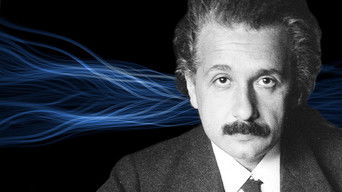
Einstein's Quantum Riddle
Episode number: 2
Overview: Einstein called it “spooky action at a distance,” but today quantum entanglement is poised to revolutionize technology from computers to cryptography. Physicists have gradually become convinced that the phenomenon—two subatomic particles that mirror changes in each other instantaneously over any distance—is real.
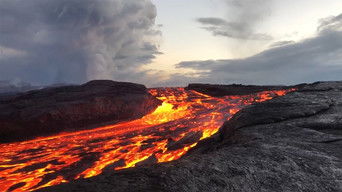
Kïlauea: Hawai'i on Fire
Episode number: 3
Overview: Journey to Hawaii's Kilauea volcano, which sent rivers of lava through communities and into the sea when it erupted in 2018. A group of scientists and locals investigate the spike in volcano activity that turned paradise into an inferno.
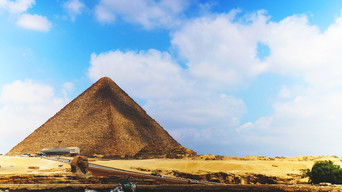
Decoding the Great Pyramid
Episode number: 4
Overview: New archeological evidence sheds light on the stunning engineering of the Great Pyramid of Giza.

Rise of the Rockets
Episode number: 5
Overview: With new technologies, NASA and private companies are promising a new renaissance in space travel.

The Next Pompeii
Episode number: 6
Overview: In the shadow of Vesuvius and Pompeii, a lesser-known volcano puts the city of Naples at risk.
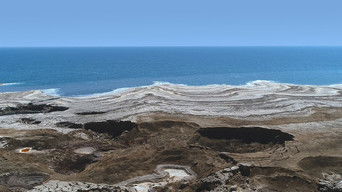
Saving the Dead Sea
Episode number: 7
Overview: Scientists, engineers and political leaders devise a plan to save the Dead Sea, whose levels have declined by more than 65 feet since 1976.
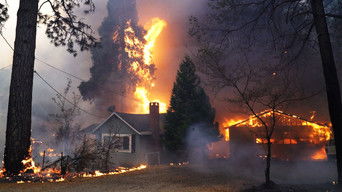
Inside the Megafire
Episode number: 8
Overview: Scientists try to determine the cause for the increasing megafire threat by exploring the physics of fire, how firestorms move and travel and by analyzing aerial drone and satellite data to catch fires before they start.
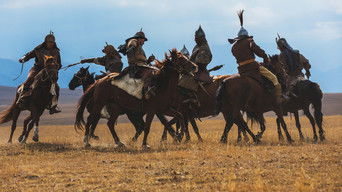
First Horse Warriors
Episode number: 9
Overview: Canadian anthropologist Niobe Thompson travels to sites in Kazakhstan, genetics labs in Denmark and anthropology museums in Russia to unlock mysteries surrounding the first riders of wild horses.
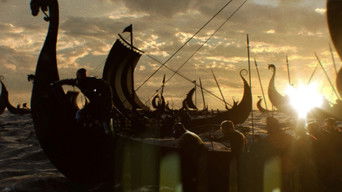
Lost Viking Army
Episode number: 10
Overview: Forensic archaeologist Cat Jarman and her team investigate the Great Heathen army, a legendary Viking fighting force that invaded England in the 9th century.
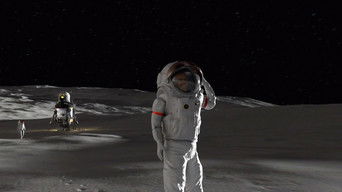
Back to the Moon
Episode number: 11
Overview: On the 50th anniversary of the historic Apollo 11 Moon landing, NOVA looks ahead to the hoped-for dawn of a new age in lunar exploration. This time, governments and private industry are working together to reach our nearest celestial neighbour. But why go back? The Moon can serve as a platform for basic astronomical research; as an abundant source of rare metals and hydrogen fuel; and ultimately as a stepping stone for human missions to Mars and beyond. Join the next generation of engineers that aim to take us to the Moon, and discover how our legacy of lunar exploration won't be confined to the history books for long.
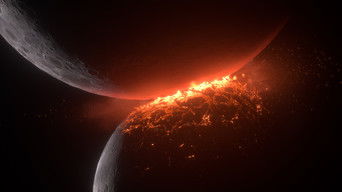
The Planets: Inner Worlds
Episode number: 12
Overview: The rocky planets Mercury, Venus, Earth and Mars all have similar origins, but only one supports life.

The Planets: Mars
Episode number: 13
Overview: The dry, red planet Mars was once a blue water world studded with active volcanoes and may have even had the ingredients to support life.
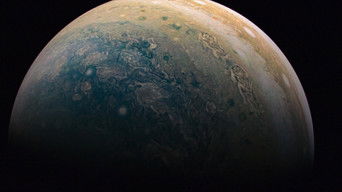
The Planets: Jupiter
Episode number: 14
Overview: Jupiter's gravitational force made it a wrecking ball as it barreled through the early solar system, but it also helped shape life on Earth as it brought comets laden with water and possibly the asteroid that put an end to the dinosaurs.

The Planets: Saturn
Episode number: 15
Overview: Nasa's Cassini reveals the mysteries of Saturn's rings and new hope for life on one of its moons.
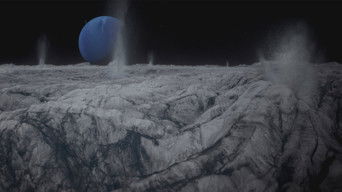
The Planets: Ice Worlds
Episode number: 16
Overview: Uranus and Neptune's unexpected rings, supersonic winds and dozens of moons; an up-close view of Pluto before exploring the Kuiper belt.
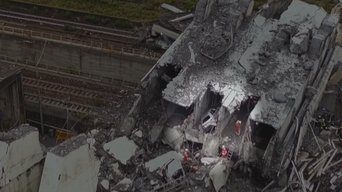
Why Bridges Collapse
Episode number: 17
Overview: Join experts as they compare what happened in several deadly bridge collapses across America.

Look Who's Driving
Episode number: 18
Overview: Self-driving cars may one day be big business, but will they ever be safer than human drivers?

Rise of the Mammals
Episode number: 19
Overview: Sixty-six million years ago, an asteroid wiped out the dinosaurs in a fiery global catastrophe. An amazing trove of fossils reveals how mammals took over, ultimately evolving into the huge array of species—including humans—that rule the Earth today.
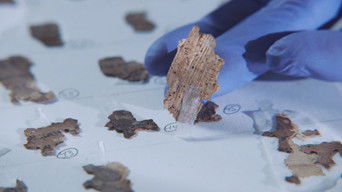
Dead Sea Scroll Detectives
Episode number: 20
Overview: Since the Dead Sea Scrolls were discovered in 1947, these fragile parchment relics have intrigued scholars, religious leaders, and profiteers alike. The 2,000-year-old scrolls include the oldest-known versions of the Hebrew Bible and hold vital clues about the birth of Christianity. While certain scrolls have survived intact, others have been ravaged by time—burnt, decayed, or torn to pieces—and remain an enigma. Now, scientists are using new technologies to read the unreadable, solve mysteries that have endured for millennia, and even discover million-dollar fakes.
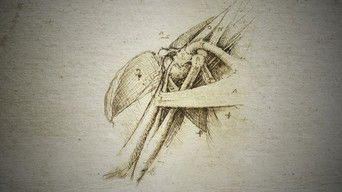
Decoding Da Vinci
Episode number: 21
Overview: How Leonardo da Vinci used science to create his legendary artwork. Included: why Mona Lisa's smile is so captivating—and what it took to create it.
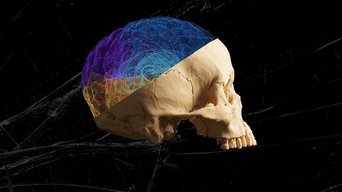
The Violence Paradox
Episode number: 22
Overview: Is violence actually declining? If so, why? And can we build a more peaceful future?
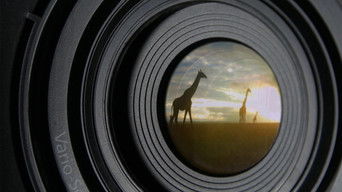
Animal Espionage
Episode number: 23
Overview: Camera technology is revolutionizing the study of animals—without them even noticing.